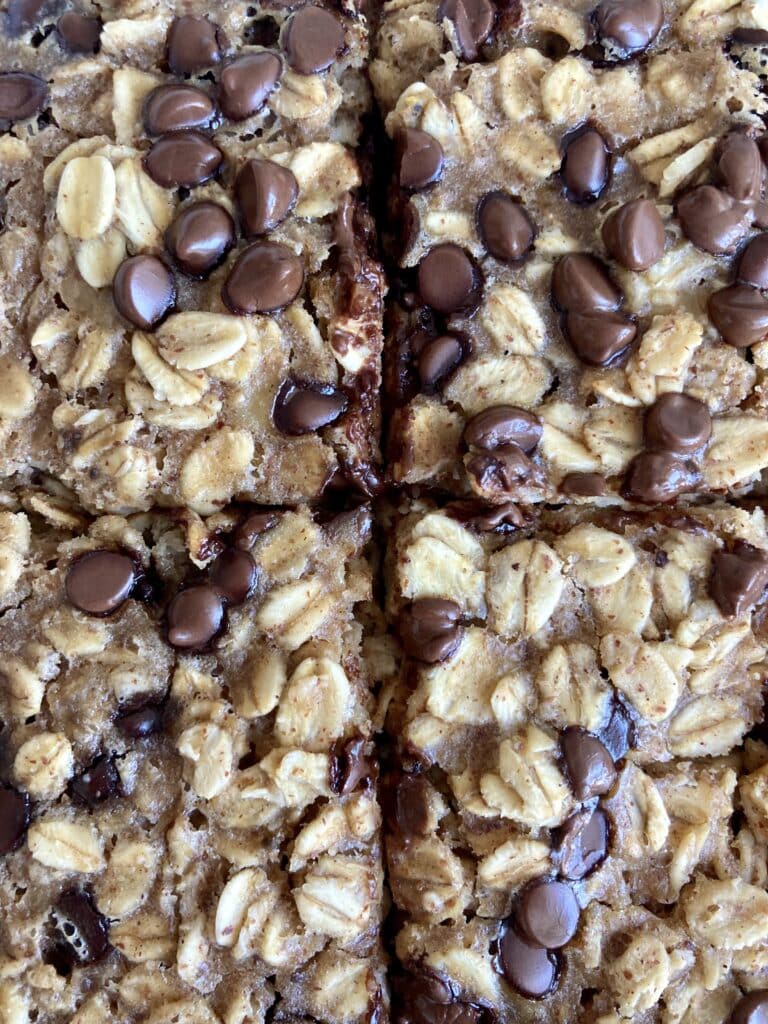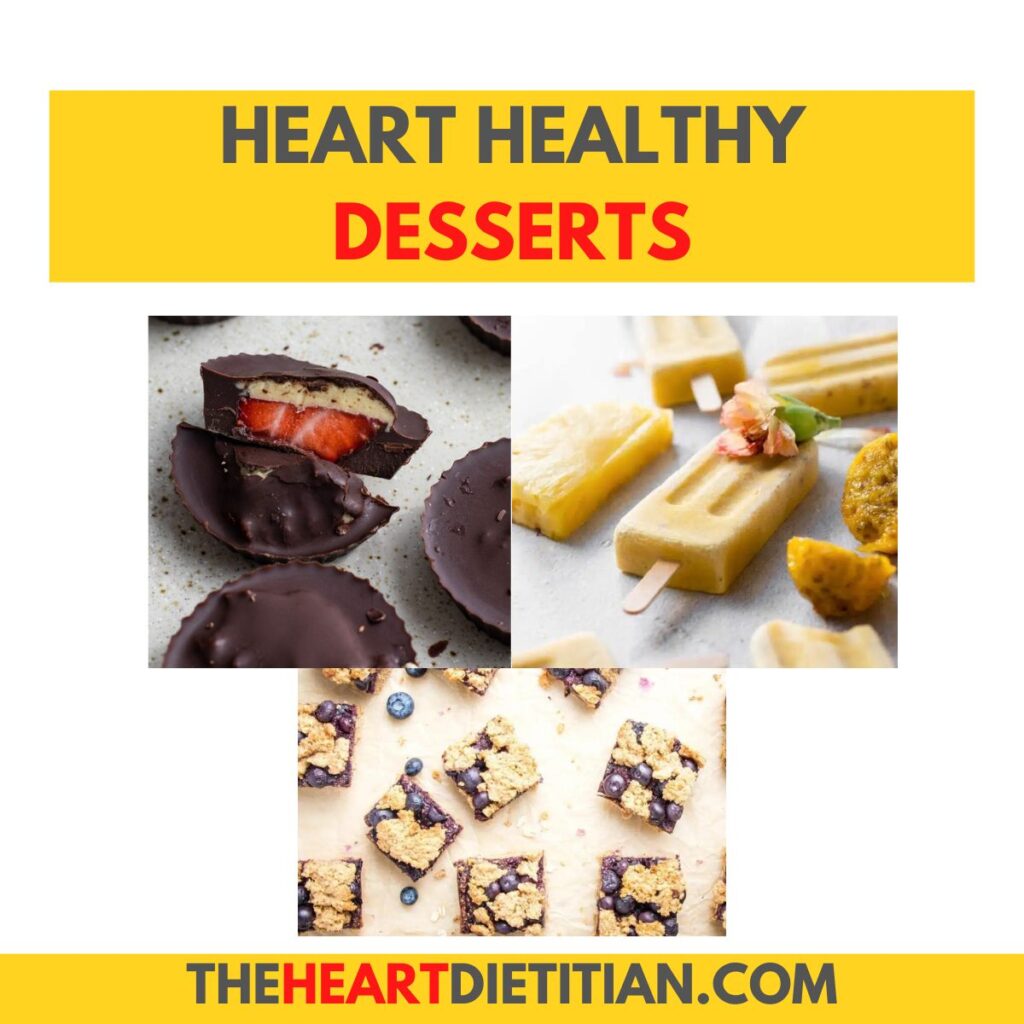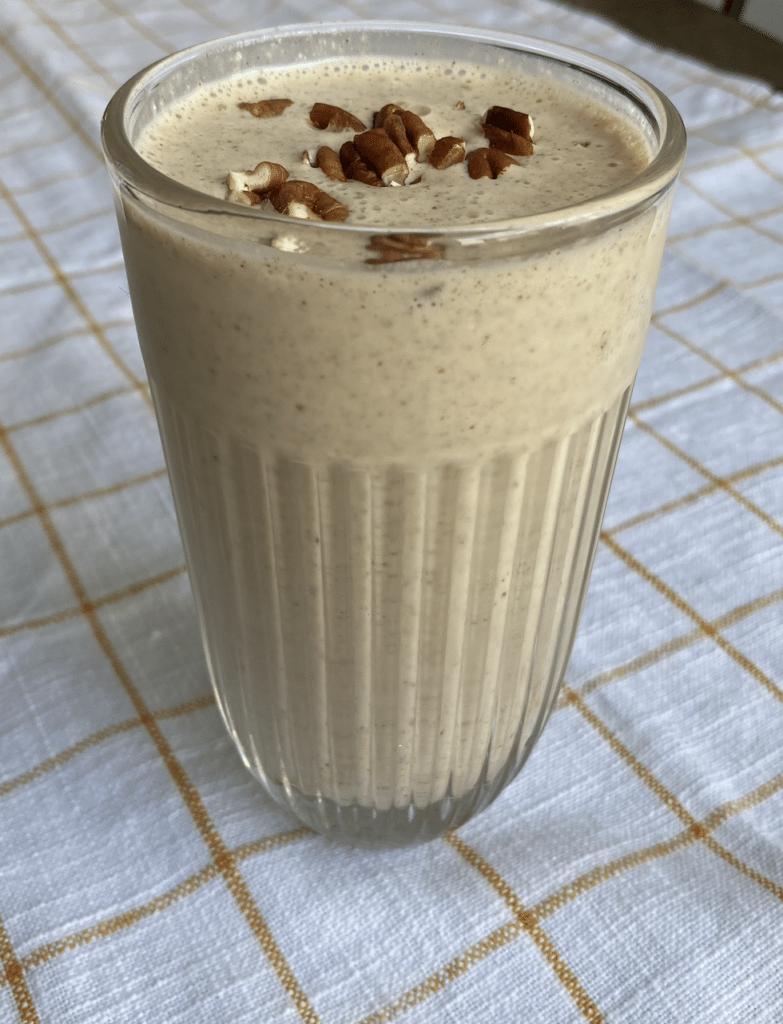Looking to understand how cholesterol and menopause are linked? You’ve come to the right place.
Menopause is a natural aging process of a woman’s body. Changing hormones leads to various uncomfortable symptoms. Symptoms like hot flashes, chills, and lower energy can have a big impact on daily life, sleep, work, and mood.
Unfortunately, there are also symptoms to be aware of that happen more silently. With menopause and declining estrogen levels, a woman’s risk of heart disease increases. Cholesterol and blood pressure tend to rise, and if you don’t have regular doctor checkups, these conditions can go unnoticed.
That being said, heart disease is manageable. It’s important to be aware of your health status and take action.
This article provides practical tips about a cholesterol and menopause diet.
Top Takeaways
- Menopause and Cholesterol: Menopause is associated with hormonal changes that can lead to an increase in LDL cholesterol (considered “bad” cholesterol) and total cholesterol levels, while reducing HDL cholesterol (“good” cholesterol). Estrogen, which declines during menopause, plays a role in regulating cholesterol levels.
- Managing Cholesterol: To lower cholesterol levels after menopause, dietary changes are crucial. The portfolio diet, which includes foods like oat bran, oatmeal, nuts, soluble fiber, plant sterols, and plant proteins, can help reduce cholesterol. Reducing the intake of sugary, high-sodium, saturated fat, and trans fat foods is also important.
- Other Strategies: Regular checkups with a healthcare provider to monitor cholesterol levels are essential, as high cholesterol often has no noticeable symptoms. Additionally, lifestyle changes such as regular exercise, quitting smoking, and managing other chronic conditions like hypertension and diabetes can further help lower cholesterol and reduce the risk of heart disease after menopause. Hormone replacement therapy may also be considered, but it should be discussed with a physician.
What Is Cholesterol?
Cholesterol is a waxy substance that circulates through the bloodstream with various effects. Our liver is able to make all the cholesterol we need, but we also are able to obtain it through the foods we eat.
Contrary to popular belief, cholesterol is actually important for our health, aiding in the production of numerous hormones and vitamin D (1).
There are different forms of cholesterol that have different effects on our health. For example, high density lipoprotein (HDL) cholesterol is considered to be ‘good’ cholesterol as it promotes a healthy heart, while low density lipoprotein (LDL) cholesterol is the ‘bad’ cholesterol that can be detrimental to our health.
Why Is High Cholesterol A Concern?
You may not know you have high cholesterol as there are no obvious symptoms. However, if left untreated, it can lead to various health conditions.
Cholesterol is made up of fat that can become sticky, sticking to itself and your artery walls. Over time, this plaque build-up can start to block your blood flow, raising your blood pressure, and increasing your risk of developing peripheral artery disease, having a stroke, or a heart attack (2).
What Is Menopause?
Menopause is a natural biological process that signals the end of your reproductive ability. The end of one’s menstrual cycle varies from person to person but generally happens in your 50s.
Various symptoms such as hot flashes, mood changes like irritability, and blood sugar intolerance are a result of changing hormones like estrogen and progesterone.
Cholesterol And Menopause
Menopause and cholesterol are linked.
Menopause is one of many factors that have an influence on circulating cholesterol. Multiple studies have shown a sharp increase in LDL and total cholesterol with a reduction in HDL cholesterol following menopause.
For example, one study showed a 9% increase in LDL cholesterol and a 6% increase in total cholesterol in only a 2-year time period following menopause (3).
This increase in LDL cholesterol is a result of the reduction in the body’s levels of estrogen. This hormone helps the liver to regulate cholesterol levels.
Having high cholesterol may cause no symptoms, but it can contribute to serious health problems, such as heart disease, heart attack, and stroke, which is why it’s important to manage.

Heart Disease And Women
When we think of heart disease, a picture of a middle-aged man may come to mind. This might be in part because men typically start developing heart disease 10-15 years earlier than women do and may actually have more warning signs like chest pain (4).
However, heart disease remains to be the number one cause of death in women of all ages (5). After the time menopause typically occurs, the risk of heart disease continues to rise, eventually surpassing even cancer.
Can Menopause Cause High Cholesterol?
Estrogen, a female reproductive hormone, works together with the liver to manage the amount of circulating cholesterol (6). When estrogen declines during menopause, there is less management of cholesterol in the liver, allowing more to circulate rather than being disposed of.
Estrogen is thus protective against atherosclerosis, the plaque build-up on artery walls caused by excess cholesterol (6).
How To Lower Cholesterol After Menopause
The good news is cholesterol lowering is manageable after menopause. It’s important to be aware and take action. Here are some things you can start today.
Cholesterol and Menopause Diet
Diet can help manage rising cholesterol as adding heart-protective foods can make a big change.
The portfolio diet is a way of eating that can lower cholesterol. It recommends foods like oat bran and oatmeal to lower cholesterol. This diet was created by Dr. David Jenkins from St. Michaels hospital in Toronto, Canada. This eating pattern is a research-based way of eating that has been proven to lower your cholesterol and your risk of heart disease (7).
This way of eating encourages the addition of 4 food groupings
- it encourages eating enough soluble fiber which can further reduce your cholesterol by 5-10% (8).
- eating enough plant sterols is important (8).
- as well as including a handful of nuts in your daily diet can reduce your cholesterol and protect your heart (8).
- it is suggested to consume 50 grams of plant protein a day which includes protein from plants and protein from soy (8).
Foods To Eat
Soluble Fiber
Soluble fiber is an important part of food that not only supports gut health but can also remove excess cholesterol. Soluble fiber, has been shown to reduce LDL cholesterol and lowers the risk of coronary artery disease (1).
This is because soluble fiber dissolves in water and forms a gel-like material in your gastrointestinal system, which has the result of inhibiting the cholesterol from being absorbed, allowing it to pass through as waste.
Here are some foods high in soluble fiber you may consider adding to your diet:
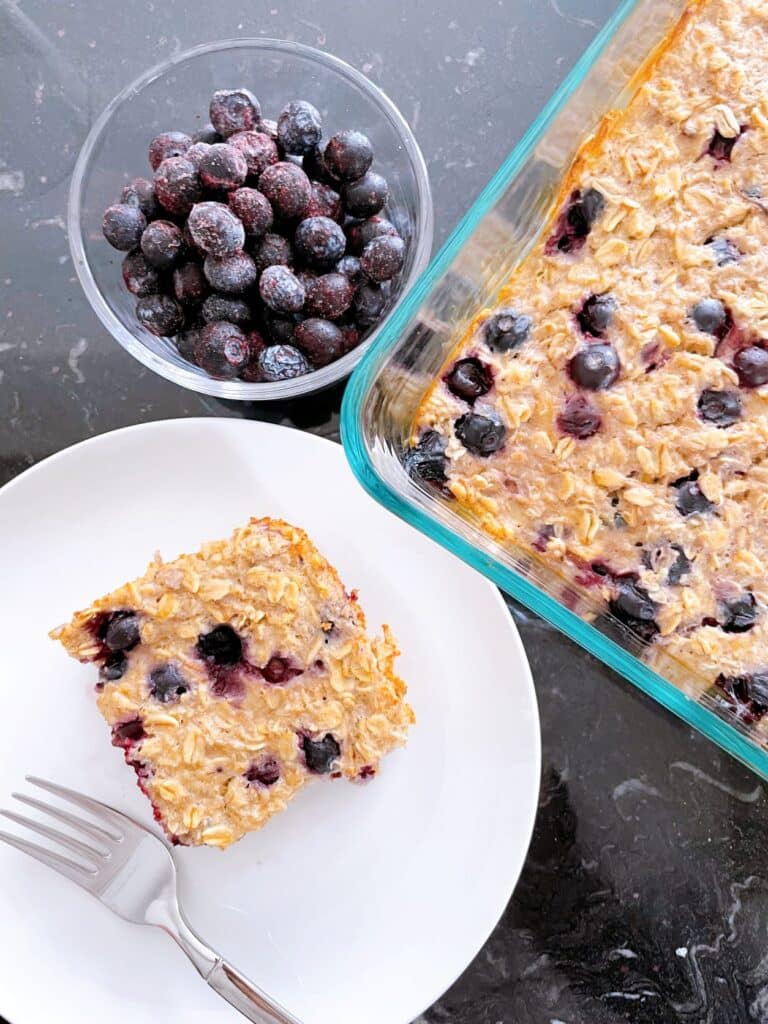
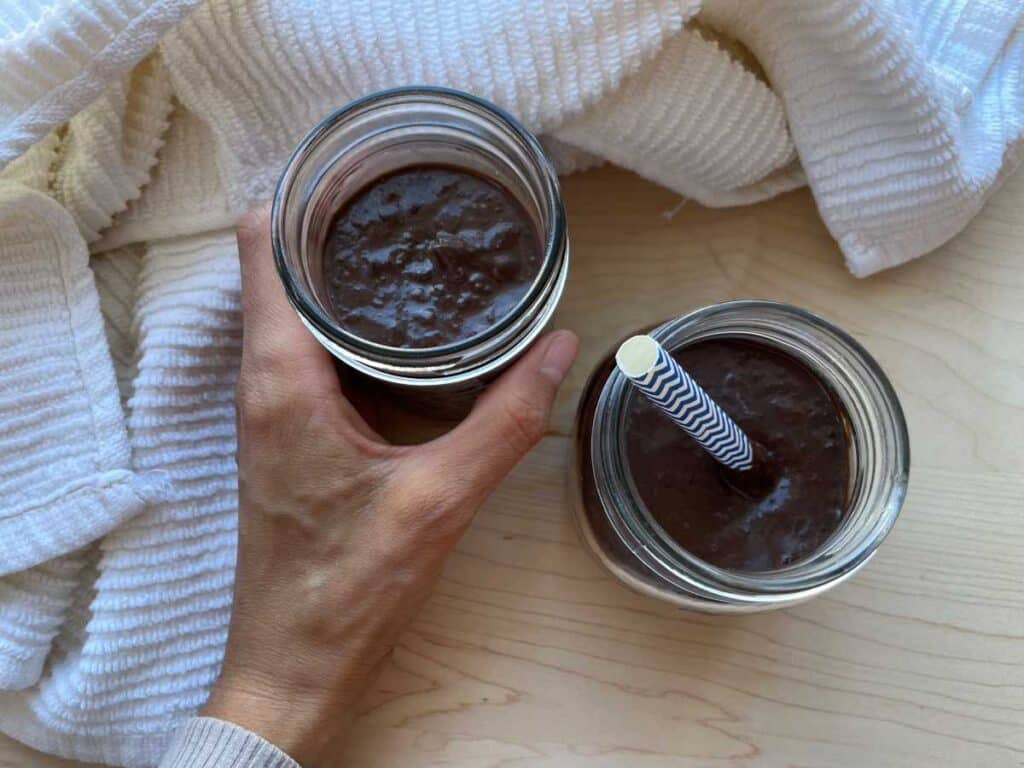
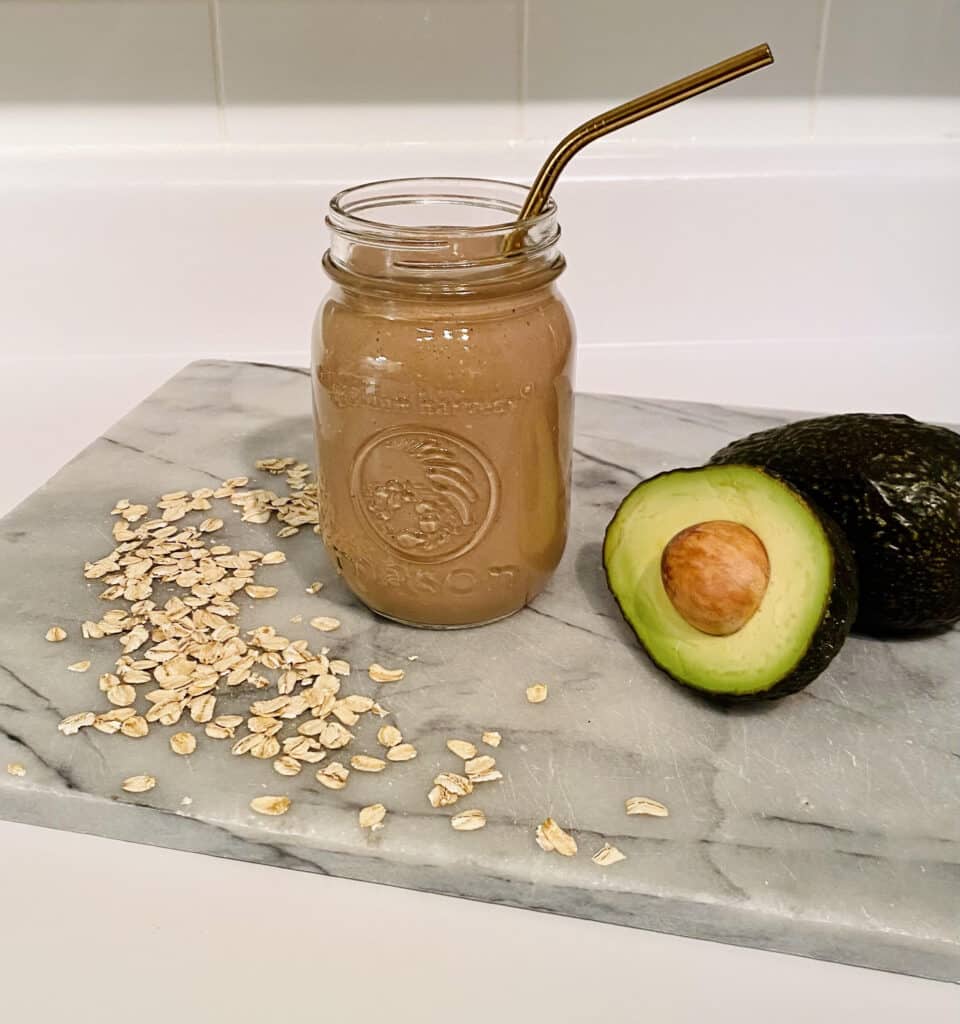
Or check out other oatmeal recipes which include: smoothie to lower cholesterol, overnight oat bran, pecan pie overnight oats, pb2 overnight oats, turmeric energy balls, low sodium pancakes, pumpkin protein balls, turmeric oatmeal, oat water and blueberry cheesecake overnight oats.
And this white bean smoothie, red bean smoothie and green pea smoothie.
Plant Sterols
Plant sterols, also known as phytosterols, are compounds found in plant products that are a similar structre to our own cholesterol. Incorporating them into our diet has been shown to reduce cholesterol absorption, possibly by acting as competition to animal cholesterol (1).
Here are some foods that contain plant sterols that you may consider adding to your diet:
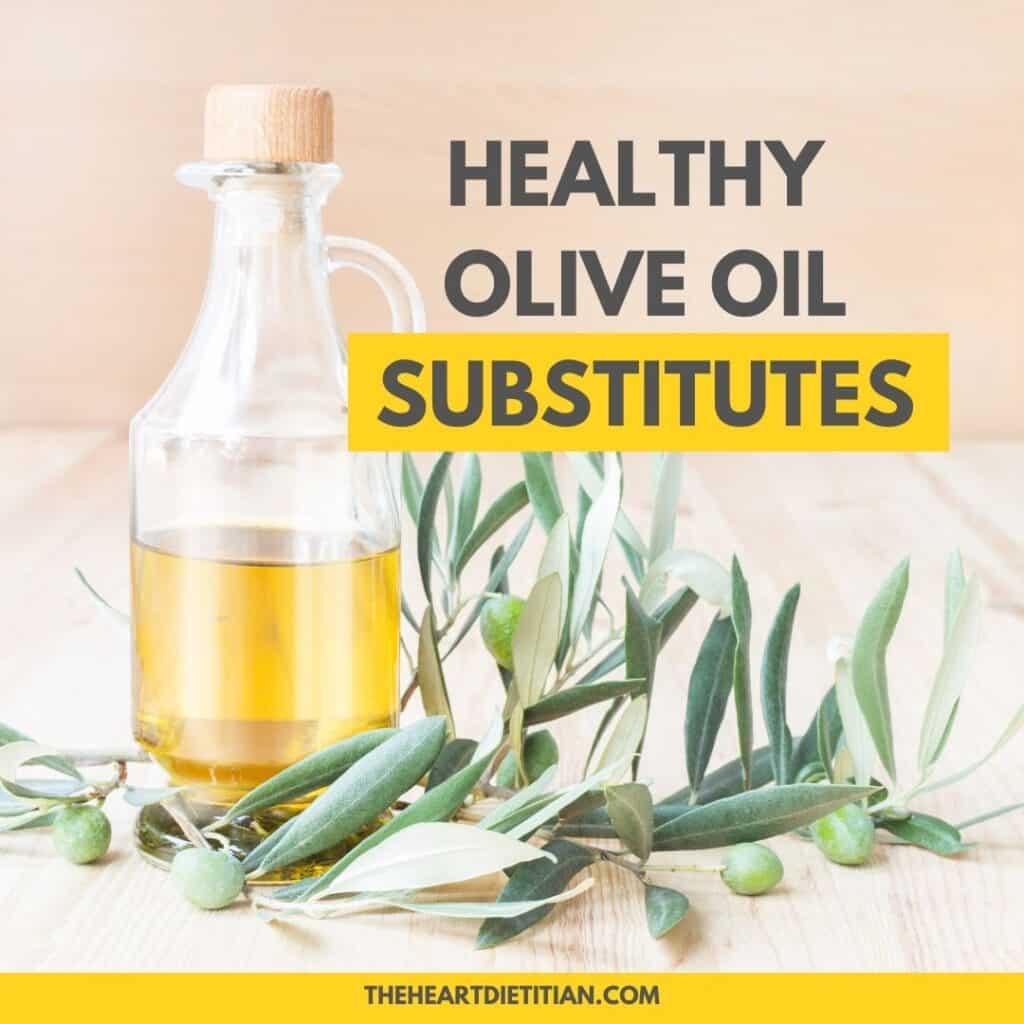
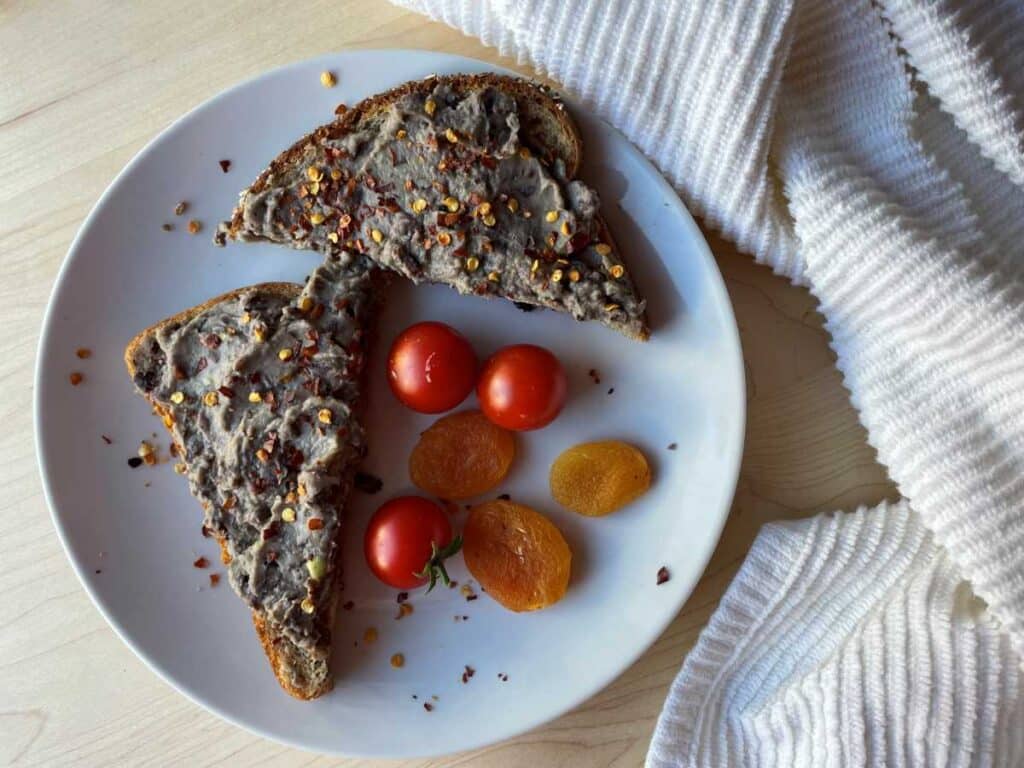
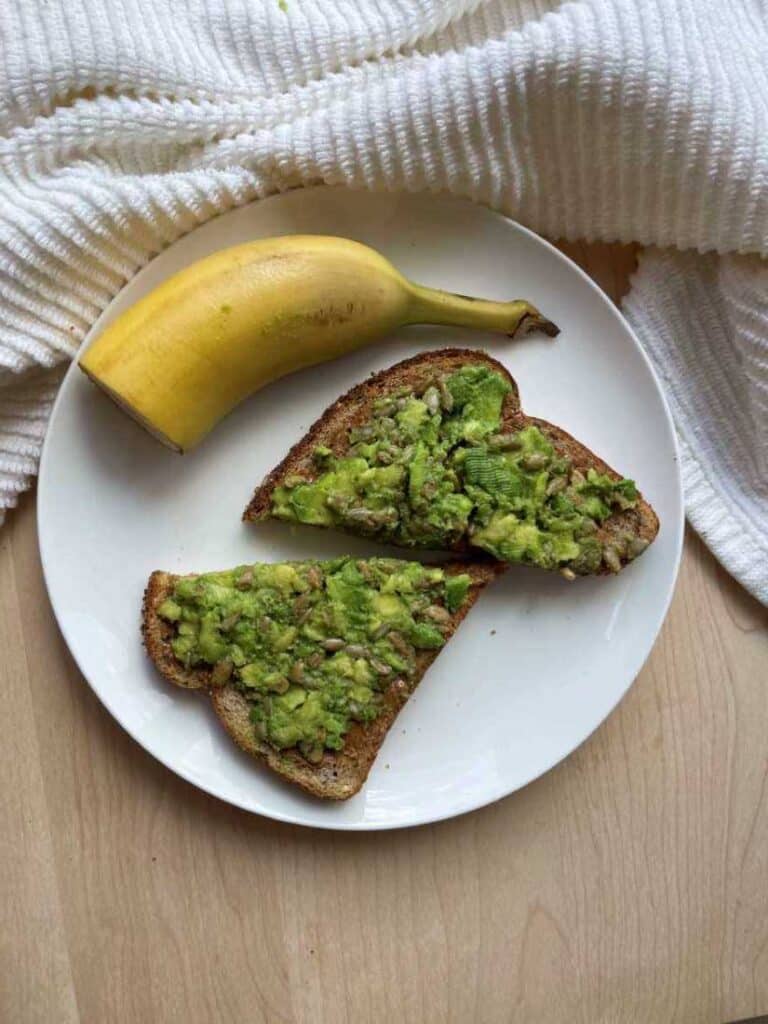
If you are interested in purchasing a supplement, here are some examples you can purchase.
Nuts
Eating a handful of nuts every day is encouraged. Include a variety such as almonds, peanuts, pecans, and walnuts.
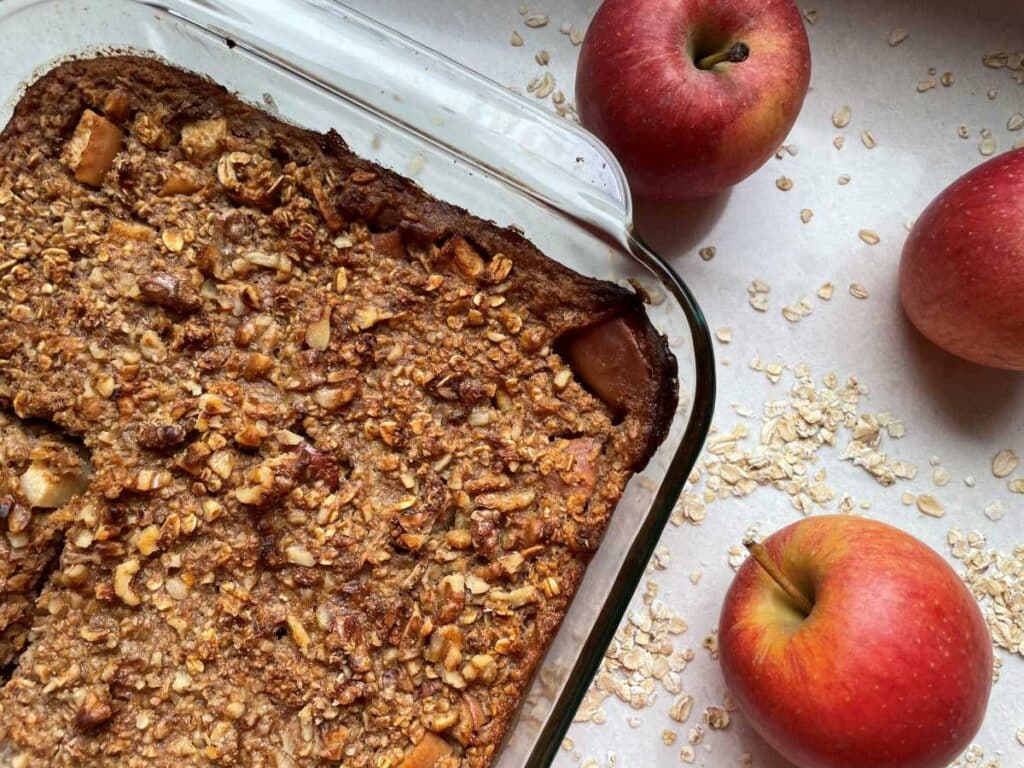
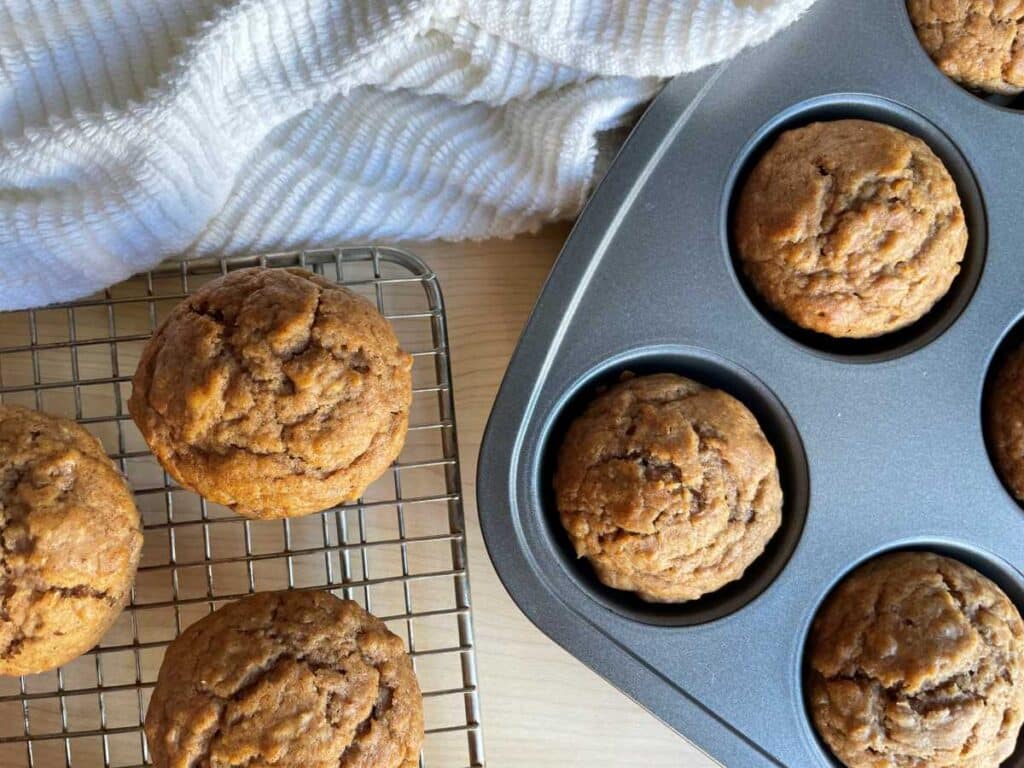
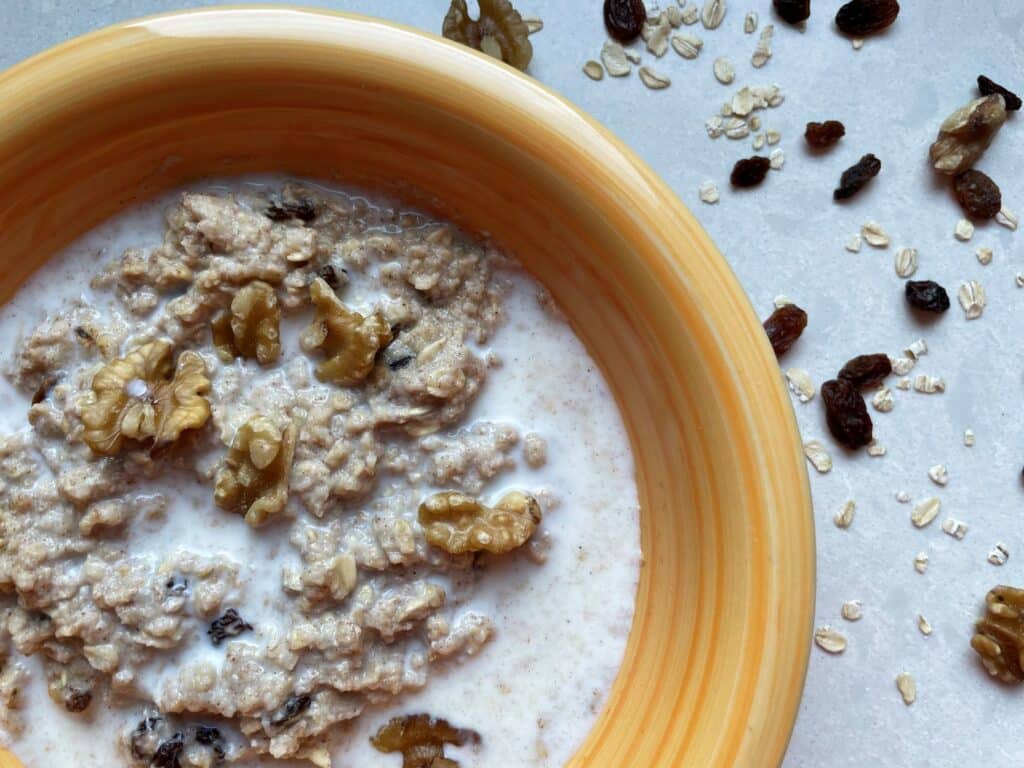
Plant Protein
Finally, heart-healthy diets reduce the dependence on animal meats and increase the consumption of protein from plants. Plant protein includes beans and legumes like chickpea, kidney beans, lentils, and black beans) and soy protein like edamame, tofu, tempeh, and soy milk.
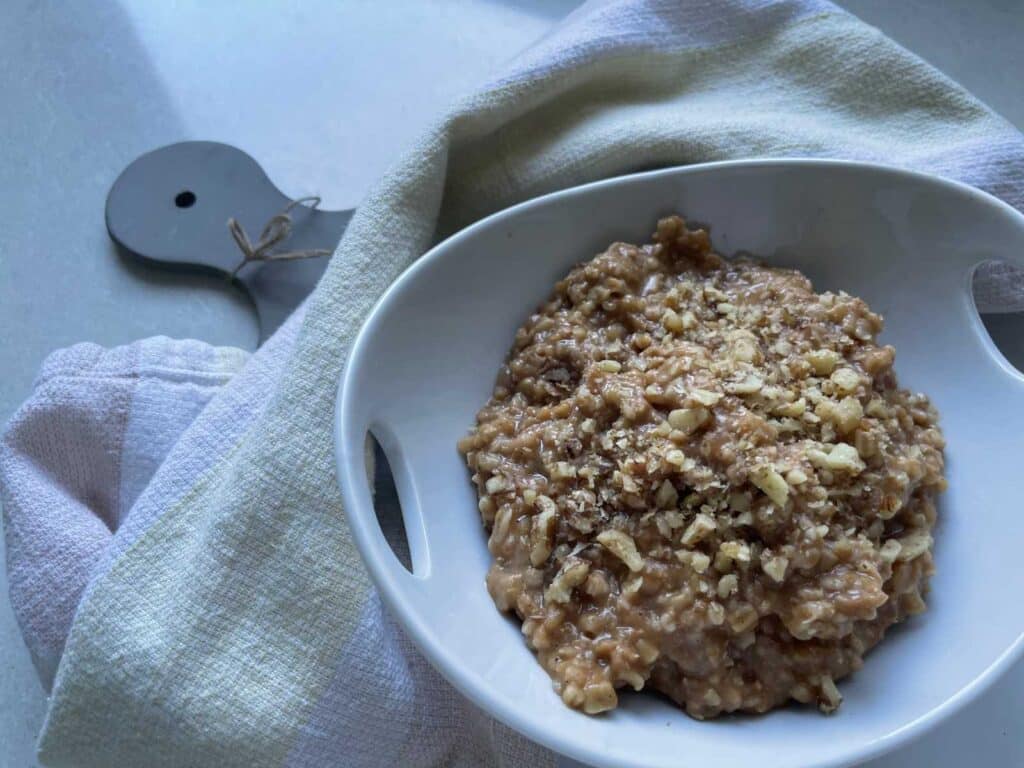
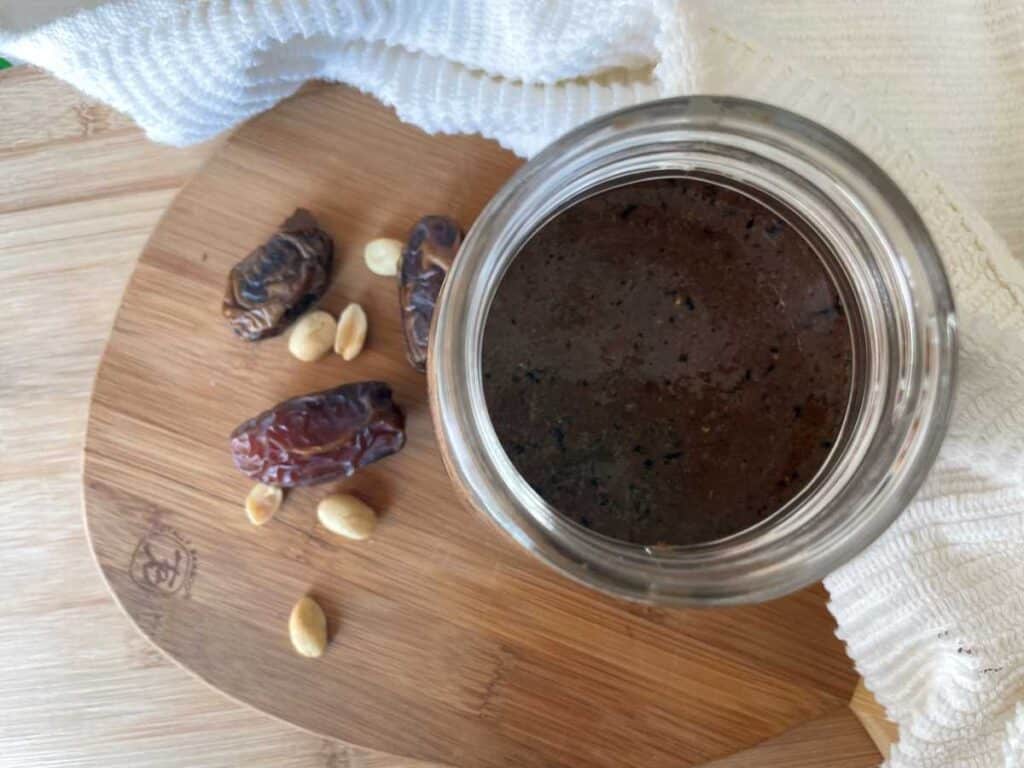

If you are interested in more specific foods to lower your cholesterol check out my article on 39 foods that unclog arteries.
Foods To Reduce
Foods that are high in sugar, sodium, saturated, and trans fat should be reduced to manage cardiovascular disease risk.
Full-fat dairy such as whole milk, butter, full-fat yogurts, and cheeses are packed with saturated fats that may raise cholesterol. Opting for skim milk and low-fat yogurts and cheeses is recommended.
Fatty red meat is also notoriously high in saturated fat and cholesterol. Choosing chicken or turkey instead of sausages, steak, or bacon would be ideal!
Fried foods are fried in oils filled with saturated fat. Try replacing high saturated fat oils with cholesterol-friendly oils, such as olive oil.
Baked goods are made with lard or butter, both of which are extremely high in cholesterol. Instead, make them at home with heart-healthy ingredients.
Check out some of these recipes next time you’re craving something sweet:
Regular Checkups And Lab Tests
Regularly checking cholesterol through blood work is important as high cholesterol is often a silent disease, meaning most who have it are unaware it is higher than it should be.
Checking cholesterol levels is done by a simple blood test where they will check your ratio between your ‘good’ HDL cholesterol and your ‘bad’ LDL cholesterol, as well as determine your triglyceride and total cholesterol levels.
It is recommended healthy adults get lipids checked every 5 years and more frequently if they have a family history of cardiovascular disease or during/after menopause (9). Talking to your doctor about how often you should get screened is best.
Hormone Replacement Therapy
Hormone replacement therapy (HRT) is a form of medication that aids in returning your reproductive hormones to a pre-menopausal state. As discussed above, hormones such as estrogen and progesterone greatly decrease during menopause, causing a variety of effects on the body.
HRT is used to treat and prevent many side effects of menopause such as hot flashes, headaches, and sleep problems. However, can it also be used to prevent heart disease?
One study showed that HRT reduced total cholesterol and resulted in a more favorable ratio of HDL/LDL cholesterol (10)! Both of these effects can result in positive effects on the cardiovascular system and promote your health.
Be sure to discuss this form of treatment further with your physician.
Exercise
The American Heart Association recommends at least 150 minutes a week of aerobic activity to lower cholesterol and blood pressure (11). This could look like many things, depending on your preferences, including walking, biking, or resistance training to name a few.
Exercise may also have the added bonus of weight loss which also lowers your risk of developing heart disease if you are overweight.
Quit Smoking
When you think of health conditions smoking causes, your first thought would probably be lung cancer. While this is certainly true, smoking also increases your risk of heart disease by up to 4 times (12)! With all of the complicated factors affecting heart disease, smoking is arguably the most preventable cause.
Medications
After being diagnosed with high cholesterol, medications like statins are often prescribed to effectively lower cholesterol. These drugs help to reduce the amount of LDL cholesterol by helping remove it from the body.
Manage Other Chronic Conditions
Metabolic disease is when one person has multiple health conditions such as being overweight, having diabetes, high cholesterol, or hypertension.
Having one of these conditions may increase your risk of developing another one because of the effects it has on your body. For example, being overweight may be accompanied by high blood sugar, which can damage arteries leading to heart disease.
Multiple health conditions contribute to and possibly worsens your heart health. Untreated high blood pressure and cholesterol cause the arteries to harden and become less flexible, affecting the blood flow to the heart, and increasing your risk of a stroke or heart attack.
Final Thoughts: You Can Lower Cholesterol After Menopause
While high cholesterol often goes unnoticed, over time the effects they have can be detrimental. I am hopeful you have learned a few strategies on a cholesterol and menopause diet.
My final advice is to consider prioritizing yourself (I know it’s easier said than done!) during this unique time in your life. Engaging in a healthy lifestyle by making diet and lifestyle modifications, taking medication, and having regular checkups with your physician is important.
It is never too late to make changes that could save your life!

This article was written by Amber Hames, Bio-Medical Science Major at the University of Guelph. Edited and reviewed by Veronica Rouse, MAN, RD, CDE.

